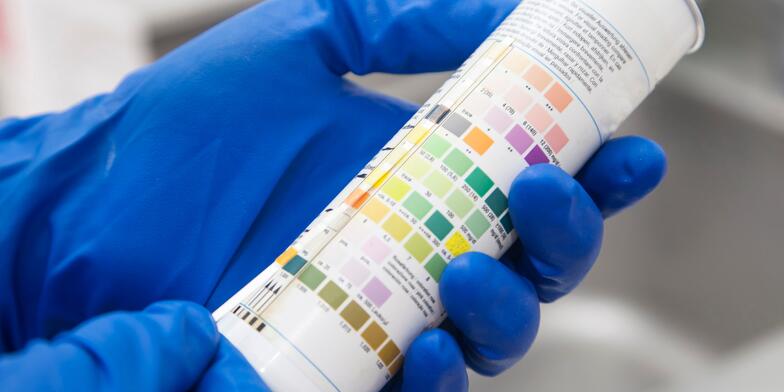People put their trust in the quality of products they use every day. They want to know that what they are using is safe and will not cause any harm to their health or the environment. It’s important for companies to offer consumers a product with no hidden harmful substances, but how can you accurately test the soap on your shelves?
There are a few ways to test soap before selling it. One way is to use a soap testing kit. This kit comes with different types of chemicals that you can use to test the soap for harmful substances. You can also test the soap for lathering qualities and see if it leaves any residue on your skin. Finally, you can also test the soap for fragrance compatibility.
Testing soap is important for two reasons. First, people want to know that they are using safe products. Second, companies want to make sure their soaps are compatible with other fragrances in their lineups. Testing soap is not difficult, but it does require some time and patience.
Testing Soap Quality
There are a few ways to test the quality of soap before you sell it. You can use a soap tester to measure the pH, viscosity, and alkalinity. You can also test for residual pesticides and herbicides. Finally, you can check for colorfastness.
When testing for pH, use a buffer solution that is between 7.0 and 8.4. When measuring viscosity, use a scale that measures in centipoise (cps). When testing for alkalinity, use a pH meter that goes up to 13.0. When checking for colorfastness, use an acid-base indicator (ABI) kit or spectrophotometer.
How to Test For Body Soap Quality
There are a few ways to test soap before selling it. You can use the pH test kit, soap oleoresin test, or the Fragrance and Essential Oil Association’s (FEA) Standard Test Method for Determining Soap Quality.
The pH test kit is the most common way to test soap. You add a small amount of soap to a glass container and then add water until the soap reaches a pH of 7.0-7.4. The higher the pH, the more alkaline the soap is. Soaps with a pH of 7 are generally milder than soaps with a pH of 8 or 9.
The soap oleoresin test is another way to test soap quality. You add a small amount of detergent to the oil and then heat it until it thickens. Soap that has been heating cured contains larger oil droplets that will show up as black on the surface of the oil mixture when you make this test.
The FEA’s Standard Test Method for Determining Soap Quality is less common but offers some advantages over other methods. This method uses gas chromatography to analyze chemical compounds in soaped water samples. This method is more accurate than tests that rely on color change because it can detect smaller amounts of chemicals in tested soaped water samples.
Testing for Household Cleaning Soap
Testing household cleaning soap before selling it is important to ensure that the product is safe for use and meets the required quality standards. There are a few simple tests that you can perform on your soap to determine whether it is safe and quality.
The first test you can perform is to check for a pH level. Soap with a high pH level will irritate the skin, while soap with a low pH level will not lather and may cause corrosion. Soaps with a pH of 8 or below are generally considered safe for households.
Another test you can perform is to check the ingredients list. Many household cleaning soaps contain harsh chemicals that can damage skin and furniture. Make sure that the soap you are selling contains only natural ingredients like glycerin, water, and oils.
Finally, make sure that your soap has been properly packaged and labeled. Keep in mind that many states have laws regulating the labeling of household cleaning products. Make sure to follow all safety guidelines when packaging and selling your soap
Testing for Shampoo And Conditioner
Before you sell soap, it is important to test it to ensure that it meets your specific needs and standards. There are a few different ways to test soap before selling it.
One way to test soap is to use a soap testing kit. This will allow you to measure the pH, water content, and other properties of the soap.
Another way to test soap is to use a hydrometer. This will tell you the percentage of glycerin in the soap. Glycerin helps keep the soap moisturizing and soft.
Finally, you can also test soap by using a Fragrance Oil Tester. This will tell you if the soap contains any fragrances that may be offensive to some customers.

